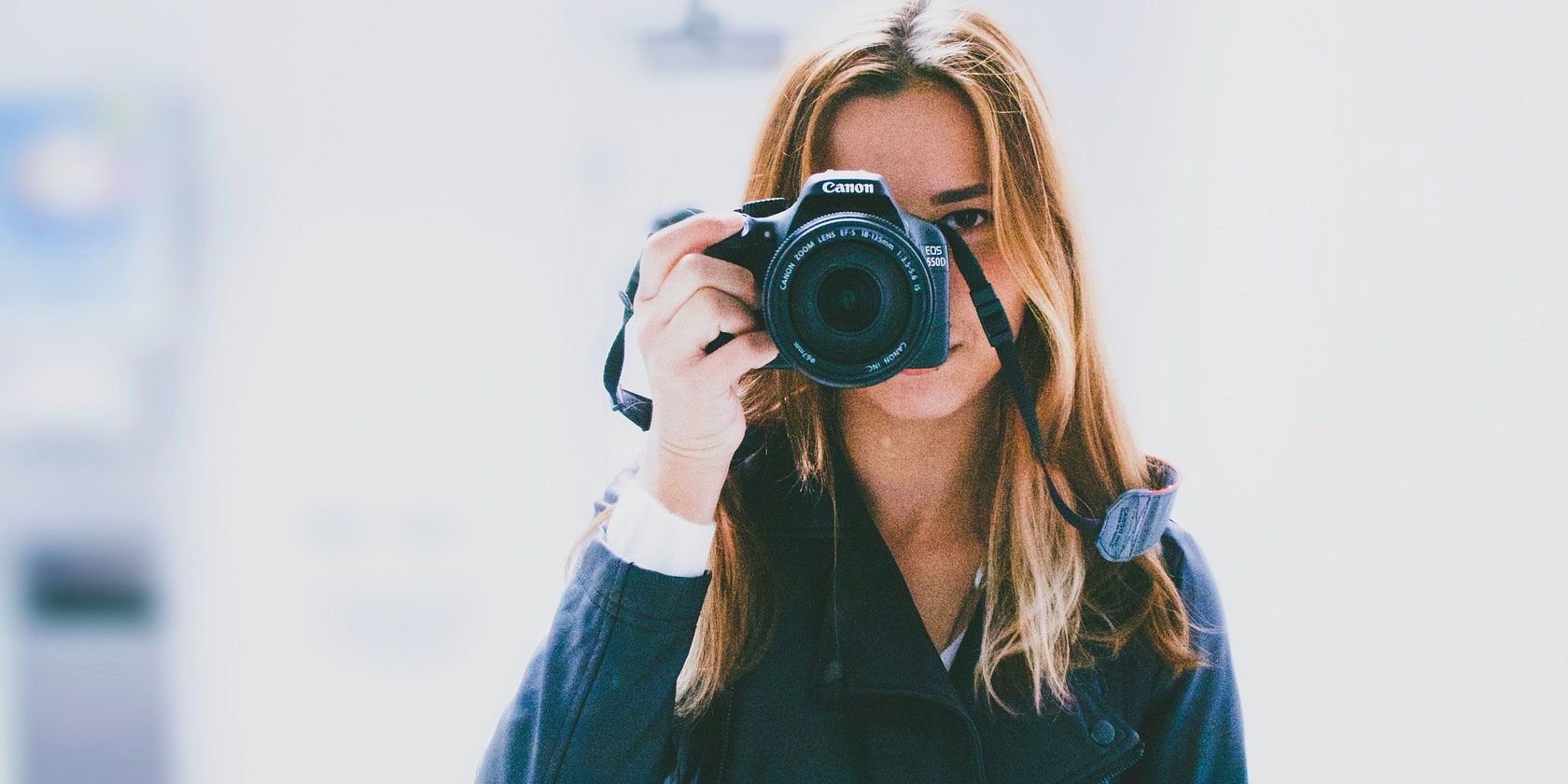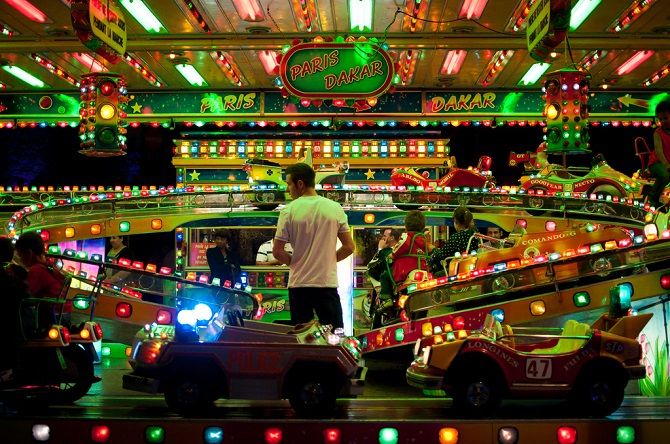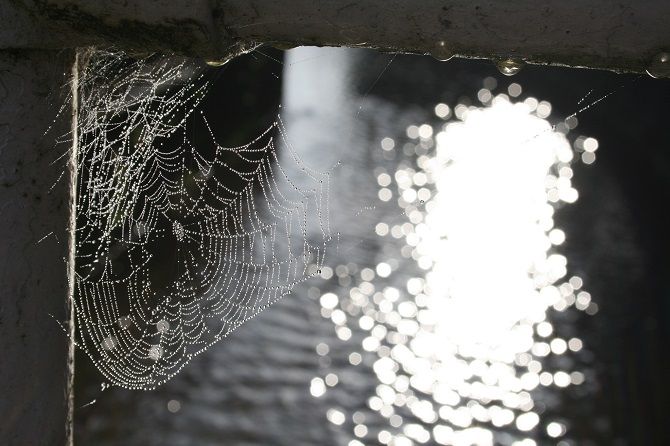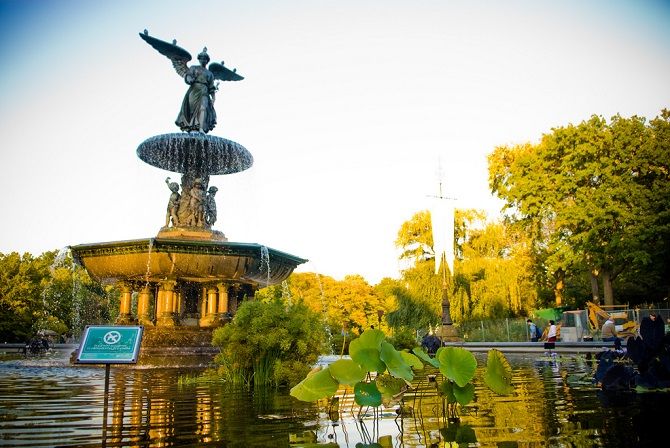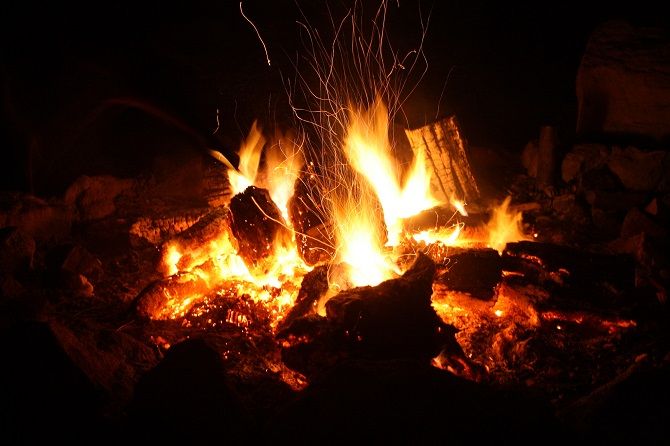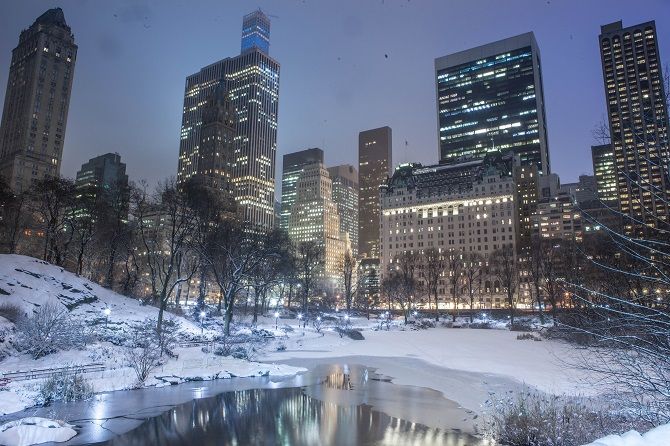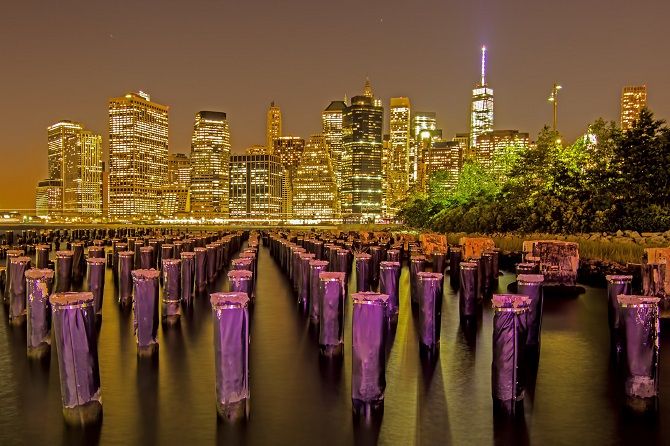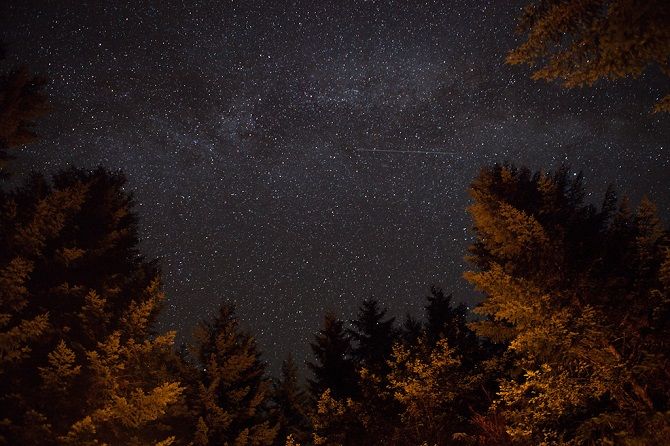You've got new photography gear. You might have even taken some lessons in basic photography. But it can be difficult to get cool beginner photography ideas, whether you're at home, college, or work. It seems like such a simple thing to do, but figuring out where to point your camera or smartphone can be surprisingly difficult.
These photography ideas for beginners will have you snapping away in no time. From toys to animals to the night sky, cool photography ideas abound. All you need to do is start snapping!
1. A Rubik's Cube
Start with something simple. Many of us have a Rubik's cube lying around. If not, they're cheap!
Art lessons often begin with renderings of cubes or spheres with one or two sources of light casting shadows to immortalize. A Rubik's cube gives photographers a similar challenge, albeit also showing off your camera's ability to capture startling colors.
Its crisp lines will also introduce you to the concept of leading lines!
2. Still Life
Once you've mastered one object, it's time to throw more into a composition. We're once more taking inspiration from art courses.
A still life is simply a collection of items, typically against a plain backdrop. Fruit is a reliable example, but you could use books, old electronic hardware, or busts.
Experiment with different lighting. Adjust the proximity of a lamp and ask, how do the shadows change? Which objects are highlighted, and which are hidden? How would the piece look with the lamp as part of the still life?
The items you've chosen say a lot about you. Paul Cézanne's interest in skulls spoke of his fascination with mortality. Steve McCurry's broken sculptures speak of lost societies. Vincent van Gogh's obsession with sunflowers summed up a tortured attitude to life.
Skulls are too morbid, but what do your still life shots tell the viewers about you?
3. Self-Portrait
All art is a reflections: of creators, of consumers, of civilizations. That extends to self-portraits. So we'll take a moment here to tackle one of the most common (and controversial) photography subjects of modern life. We're talking, of course, about the selfie.
You may consider there to be very little skill in portraying yourself. Yet a vast wealth of talented folk have used self-portraits to uncover a hidden side of themselves. What expression are you making? What's in the background? What's the focus of your piece?
This will also help you get to grips with your camera's timer or selfie mode.
4. Your Own Children
You've taken a self-portrait. How do you apply those skills to other people?
Your own kids are perfect subjects. If you haven't got children, ask a relative if they'd mind you taking some photos of their kids. Children differ drastically---not just in age, but in temperament and energy too.
You'll naturally want to capture your kids having fun. But what about those more intimate moments when they're worried, reading, or listening to music? These are perfect times to practice some of your creative photography at home.
Get their consent first though.
5. Crowds
You've mastered taking a portrait of one or two people. Now try a crowd.
People are unruly. Even in a straight line, we stop and start at strange intervals. We suddenly change direction, begin conversations or break off from them, and deviate from directions.
You'll find an infinite supply of photography ideas in any crowd. Capture the movement of the crowd itself. Look for interesting shots of individuals. How do people behave? What makes some stand out? How does a large mass of humanity differ from a single person?
You're capturing people in their natural habitat: together.
6. Moving Vehicles
Vehicles offer a wide color palette, interesting lines, reflections, textures, and many other facets that photographers love.
But moving cars are another challenge entirely.
What's the main point of interest? Does an entirely blurred composition demonstrate what you're trying to achieve? Or does having one aspect in focus make the rest of the image "speed up"? Capturing moving objects will also make you experiment with shutter speeds.
7. Carnivals
Fun fairs are always better on gloomy evenings. They're more challenging for beginners and professional photographers too. You have to think about shutter speeds and composition, and add ISO into the mix.
ISO is the sensor's sensitivity to light. The higher the ISO, the better your camera will be at shooting in the dark. But higher ISO results in more "noise," grains that pockmark an image.
With lots going on all around you, you'll want to be ambitious. Restrain yourself. Remember: there's beauty in simplicity.
8. Animals
You've mastered people. Now try animals.
If you're looking for fun photography ideas, you can't go wrong with photographing pets. Candid shots are ideal. Trying to direct your animals to obtain a particular composition is equally challenging.
Get onto the same level as your pet. Aim to capture eyes. They're great focal points.
The best results come from extremes. Get up close or stand back: the former gives unusually intimate insight into the animal world; the latter gives context and shows playfulness.
9. Cobwebs
This is one of the most difficult photography assignments you'll attempt. Why? Because you're trying to capture a virtually intangible object.
We often can't see cobwebs with the naked eye, so how can your camera do it?
The obvious answer is moisture in the air. That means early mornings or late evenings when a mist is settling on the land. Don't spray water onto them: let nature take its course.
Factor in light. Where should its source be to illuminate your subject?
10. Sunrise and Sunset
If you're trying to shoot cobwebs in the mornings and nights, there's a perfect subject in the sky: the sun.
It's dazzling. What's more, it leaves gorgeous colors streaking across the roof of the world, especially as it rises and sets. In fact, if you're ever struggling for motivation, look up. That's your challenge.
Don't look at or point your camera directly at the sun when it's high in the sky.
Have patience. A "second sunset" occurs 20–30 minutes after the sun goes below the horizon, and will produce great results.
Don't be afraid to take lots of images. You may only be happy with one in 50, but that's one of the great things about digital and mobile photography.
11. Reflections
Playing with reflections in pictures offers an opportunity for presenting unique perspectives.
Combine reflection photography experiments with the sunrise or sunset and you can create numerous points of interest and end up with a bright, rich final product. Use mirrors for every situation on this list and you might carve out an interesting niche.
12. Fountains
When it comes to creative photography ideas, it's hard to beat water. It contains infinite changing lines. It reflects light in interesting ways. It's found in so many contexts.
Fountains are a good place to start. If you miss one freeze-frame, you'll get the chance again imminently. This allows you time to prepare yourself. Start with a shutter speed of 1/500 of a second and a lower ISO: you'll capture enough detail without detracting from the overall effect.
A lower aperture typically gives you a deeper depth of field---great in natural light, but less so under artificial illumination.
13. Fire
Let's turn our attentions to another unpredictable element: fire.
Take safety precautions. Make sure you're in a well-ventilated area and can put out the flames easily. Don't mess around. Better yet, simply take pictures of a candle or your home's fireplace.
Begin with a shutter speed of at least 1/250 for capturing individual flames or smoke. A slower speed will help if you want to show the full glow. What happens when fire is the sole light source?
14. Weather Extremes
All extremes are great to photograph: the light and the dark, anger and happiness, construction and destruction. Few things are as extreme as the weather.
You don't have to live in hurricane territory to show the ferocity of nature. There are loads of photography ideas in more mundane weather. A deluge of rainfall is as interesting as a monsoon. So too signs of drought. Photography is about documenting the world around us,; if there's one thing that unites us, it's the weather.
Most conditions don't last long and come without much warning, so be ready! Snow may stick around for days, but its fall can come and go intermittently in minutes.
15. Graffiti
This is divisive. For some, it's art. For others, it's vandalism. Either way, it's a perfect photography assignment for beginners.
No matter your view, you can get a point across. Should you crop close? Do you give wider context? What's in the background or foreground? This is about storytelling.
If you intend to profit from your photos, however, research copyright laws. Some graffiti artists attempt to trademark their work.
16. Cityscapes
Skylines are compelling, evocative, and nostalgic. If you've got time, stay in a position for much of the day. See how the light changes the composition and think about which you want to retain on film.
Get low to portray incredible scale or intimidation. Overlook an intersection to show how busy or empty something is. Search for leading lines or patterns to draw the eye.
17. Woodland
Woods are microcosms of life!
There's the grand scope of trunks, the rough bark, branches twisting up, and leafy veins. Daylight or twilight are excellent times to shoot, but using an artificial source of light at night might give you unusual pics.
18. Astronomical Events
At night, look up. Isn't it amazing? Capturing the infinite wonder of space? Now, there's a challenge. How do you photograph stars and natural satellites?
Start with a tripod. You'll need different ISO and aperture settings depending on what you're trying to photograph.
Start with our moon. Set your DSLR to its base ISO---likely either 100 or 200. If it's the former, you'll require a shutter speed of 1/125. For the latter, 1/250. Accompany both with an aperture of f/11.
There's too much to go into here, but as long as you're inspired, you're doing it right. But if you want to delve deeper, check out our article on tips for better night sky photographs.
Discover Your Own Photography Ideas
Mix things up by combining a few of these ideas together. Experimental is the key.
And if you've experimented with all these situations, you're not a beginner anymore. You're an experienced photographer.

